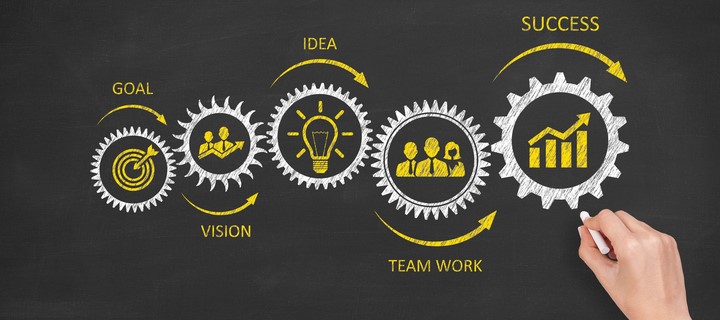3 Ways to Improve Manufacturability and Speed to Market
3 Steps to Improve Product Manufacturability, Cost, and Time to Market

Does anyone out there feel the pressure of delivering a successful product launch? We understand how you feel. Many of our customers have told us, “If we are able to deliver a solution that solves our customer’s problem more effectively than our competitor’s solution – and we launch it on time and on budget, that’s success.” If that’s a definition you also aspire to, begin by focusing on these three areas: ensuring functionality and manufacturability, controlling costs, and accelerating time to market.
Step 1: Ensuring Functionality and Manufacturability
Understanding Manufacturability
Even experienced engineers can sometimes set unrealistic expectations when it comes to new product designs. Combine that with the fact that many regulated industries require controlled processes that operate within a specified quality constraint – and you can see how quickly potential pitfalls can arise. Understanding what is feasible when it comes to manufacturability early in the design cycle is critical to designing a successful product.
Collaboration with Suppliers
Your suppliers have the benefit of having helped hundreds and even thousands of clients overcome similar challenges. By collaborating with their engineers early and often, you increase your odds of designing a product that is not only functional but also manufacturable. This collaboration can help identify potential issues and design improvements before they become costly problems.
Step 2: Controlling Costs
Design for Manufacturability (DFM)
In his book, “Design for Manufacturability,” David Anderson asserts that by the time a product has been designed, only 8% of the total product budget has been spent, but, by that time, the design has determined 80% of the product’s cost. From the onset of the design process, there are strategies applied that dramatically influence the cost to manufacture a product.
Cost-Saving Strategies
Understanding the details, such as which disc sizes are appropriate for a multi-cavity tool or which assemblies can be semi-automatically welded, can drive a design in a direction that makes long-term fiscal sense. Applying principles of Design for Manufacturability (DFM) early in the design phase helps control costs by optimizing the design for efficient production and assembly.
Step 3: Accelerating Time to Market
Strategic Advantages
Companies that develop products quickly often amass several strategic advantages over their competitors: premium prices, valuable market information, a leadership reputation with buyers, lower development costs, and priceless learnings. Accelerating time to market is crucial for maintaining a competitive edge and capturing market share.
Speeding Up the Design Process
Sometimes, increasing speed to market can be as easy as understanding what tooling already exists or how to avoid a third-party process with a particularly long lead time. This type of information can shave weeks off deliveries and help get your product to market before the competition. With advances like modern-day 3D printing technology, designs are no longer constrained by the limitations of machining or tooling. 3D printing advancements now make it possible to print porous metal parts with complex geometries and precise pore sizes. It’s even feasible to produce parts with both solid and porous components in a single print job.
The Importance of Early Collaboration
Discussing your goals with your technology partners early in the process can alert you to many lesser-known strategies that can help speed your product to market. Early collaboration allows for the integration of advanced manufacturing techniques and the optimization of design for manufacturability.
Successful Application of DFM Principles
At first glance, many of the products Mott manufactures do not seem that complex. While we do offer cylindrical or disc-shaped products, each and every one contains some form of engineered solution. A tightly controlled flow or a highly specific alloy has been engineered into each part – whether it is off the shelf or custom-made, to successfully address the challenge at hand.
Through the decades, we’ve found that our most productive and successful relationships were formed when customers approached us early in the design phase. Our engineers work with your team throughout the prototyping and manufacturing stages to ensure our components operate precisely the way you envisioned.
Bringing Your Challenge to Mott
We’re eager to help you produce a product that is more manufacturable, cost-effective, and faster to market. Contact us today to speak with one of our engineers. By leveraging our expertise in Design for Manufacturability, we can help you navigate the complexities of product development, ensuring your next product launch is a success.